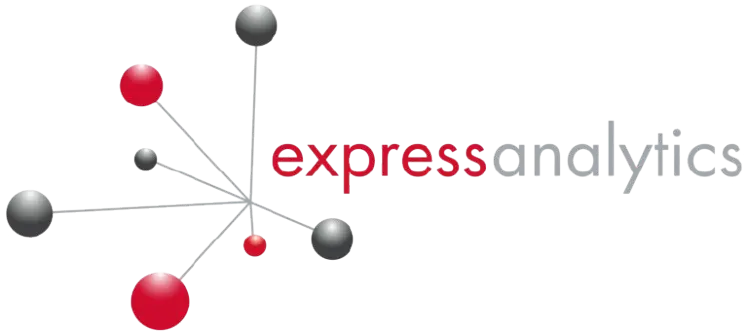What Makes the Multi-Touch Attribution Module Essential?
Millions of customers are exposed to a vast array of marketing channels and digital platforms every day — from social media and email campaigns to search engines and display ads. Understanding which of these touchpoints truly drive conversions can be challenging. That’s where Multi-Touch Attribution (MTA) modeling comes in.
Rather than giving all the credit to just the first or last interaction, MTA looks for patterns across the entire customer journey. It analyzes how different channels interact and contribute to each conversion, offering a more balanced and accurate view of marketing performance. This data-driven approach empowers businesses to make smarter budget allocation decisions, ensuring that investments go toward the channels that actually influence outcomes.
In Which Areas Are Multi-Touch Attribution Analytics Modules Applied?
Multi-touch attribution modules are applied in marketing, sales, and customer analytics to optimize channel performance and budget allocation.
Improving customer loyalty programs
The restaurant industry uses MTA to evaluate loyalty programs by analyzing touchpoints like app notifications and emails to improve customer engagement strategies.
Understand online-to-offline behavior
MTA models help brick-and-mortar businesses connect online and offline actions, like ad views and online orders, to support seamless omnichannel strategies.
E-Commerce performance analysis
eCommerce companies use MTA to analyze customer journeys—from product views and cart additions to final purchases—for better marketing and conversion strategies.
Omnichannel retail strategies
Retailers operating both offline and online use MTA modules to connect in-store purchases with digital engagement, enabling a unified view of customer behavior and impact.
Why Multi-Touch Is Crucial for Marketing Success
- Identify the most effective channels driving conversions
- Optimize marketing spend for greater ROI
- Gain a comprehensive view of the marketing funnel
- Understand the complete customer journey
What Can We Do?
Discover which channels and platforms drive the most conversions by accurately assigning credit with our Multi-Touch Attribution solution. Optimize your marketing budget to maximize RoMI using advanced Deep Neural Networks that incorporate user context like device and browser data. Go beyond traditional attribution with Cross-Device insights for logged-in customers, unlocking deeper understanding and smarter marketing decisions.
Who Benefits from Using a Multi-Touch Attribution Model?
C-level professionals use the multi-touch attribution model to:
- See the budget allocated and only invest money in channels that give results.
- Stop relying exclusively on the internal IT support team.
- Increase marketing effectiveness
The multi-touch attribution model is used by CRM managers to:
- Know what’s not working and what’s delivering to get excellent results.
- See the exact locations of your customer acquisition activities.
- Make decisions according to organized data.
MTA is widely used by data analysts primarily to:
- Merge offline and online touchpoints to get the complete picture.
- Increase team collaboration and generate reports effortlessly.
- Organize all data in a central place.
C-level professionals use the multi-touch attribution model to:
- See the budget allocated and only invest money in channels that give results.
- Stop relying exclusively on the internal IT support team.
- Increase marketing effectiveness
The multi-touch attribution model is used by CRM managers to:
- Know what’s not working and what’s delivering to get excellent results.
- See the exact locations of your customer acquisition activities.
- Make decisions according to organized data.
MTA is widely used by data analysts primarily to:
- Merge offline and online touchpoints to get the complete picture.
- Increase team collaboration and generate reports effortlessly.
- Organize all data in a central place.


